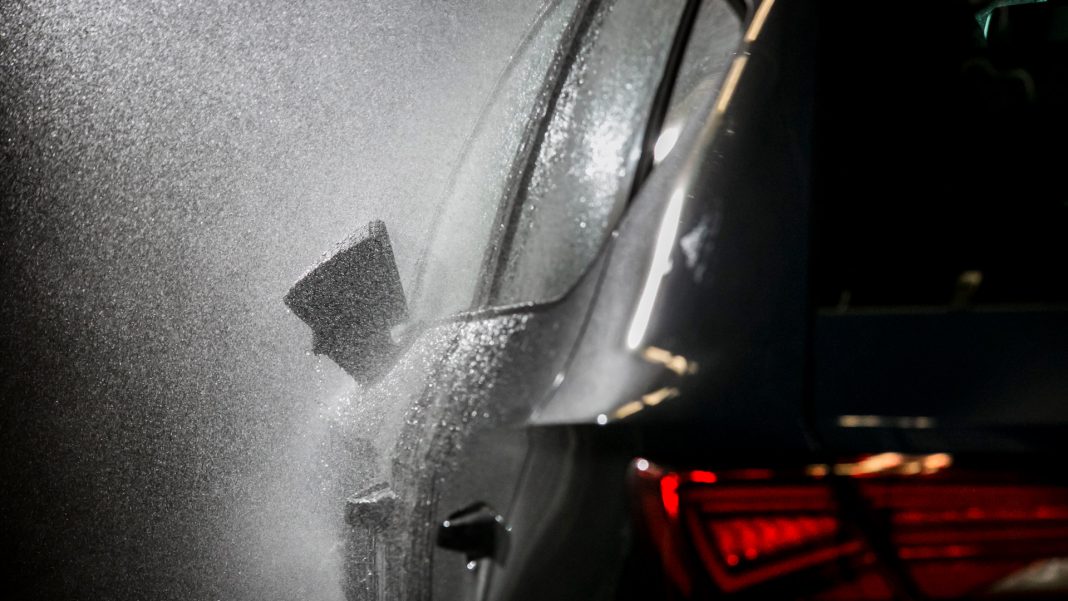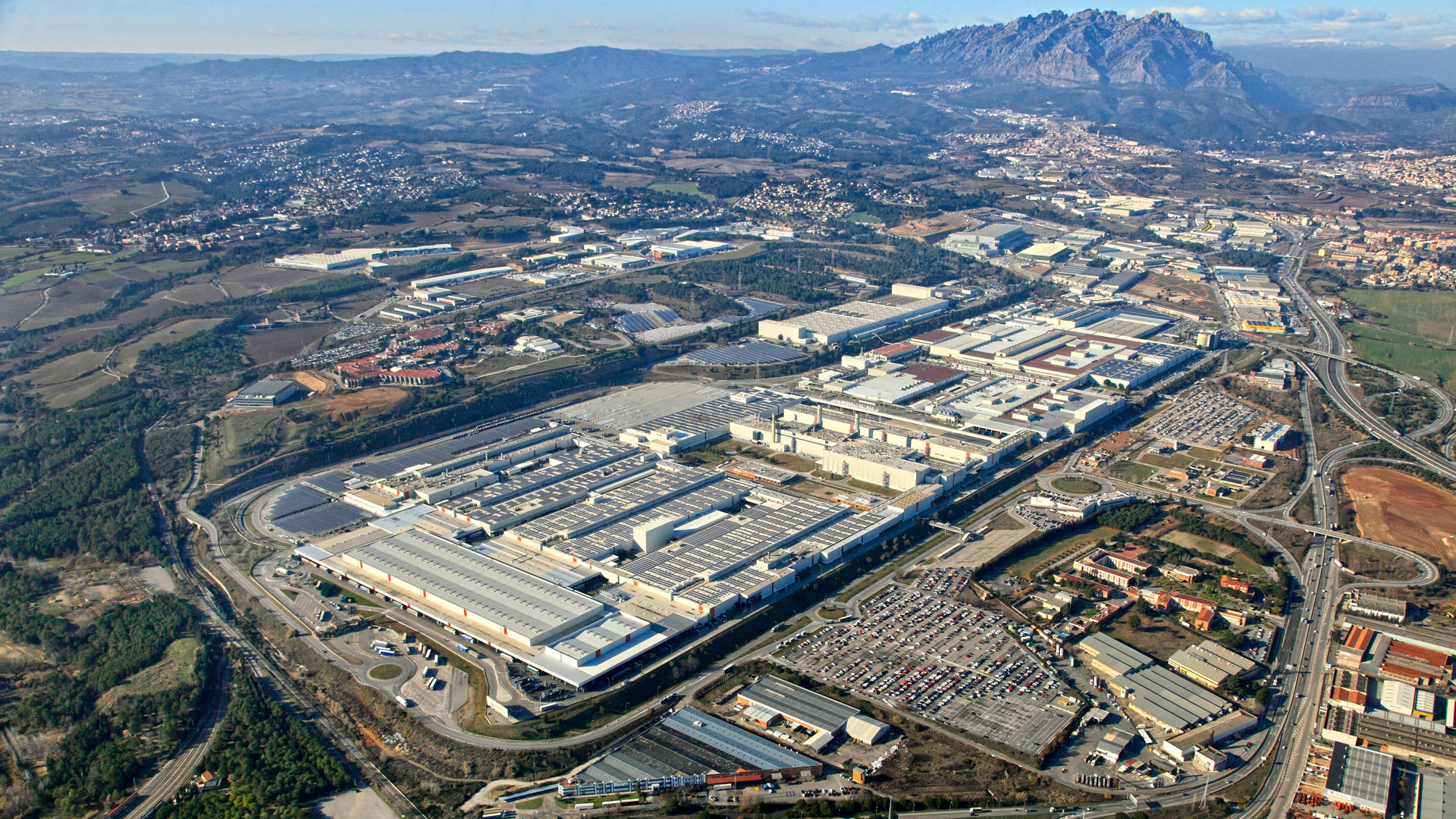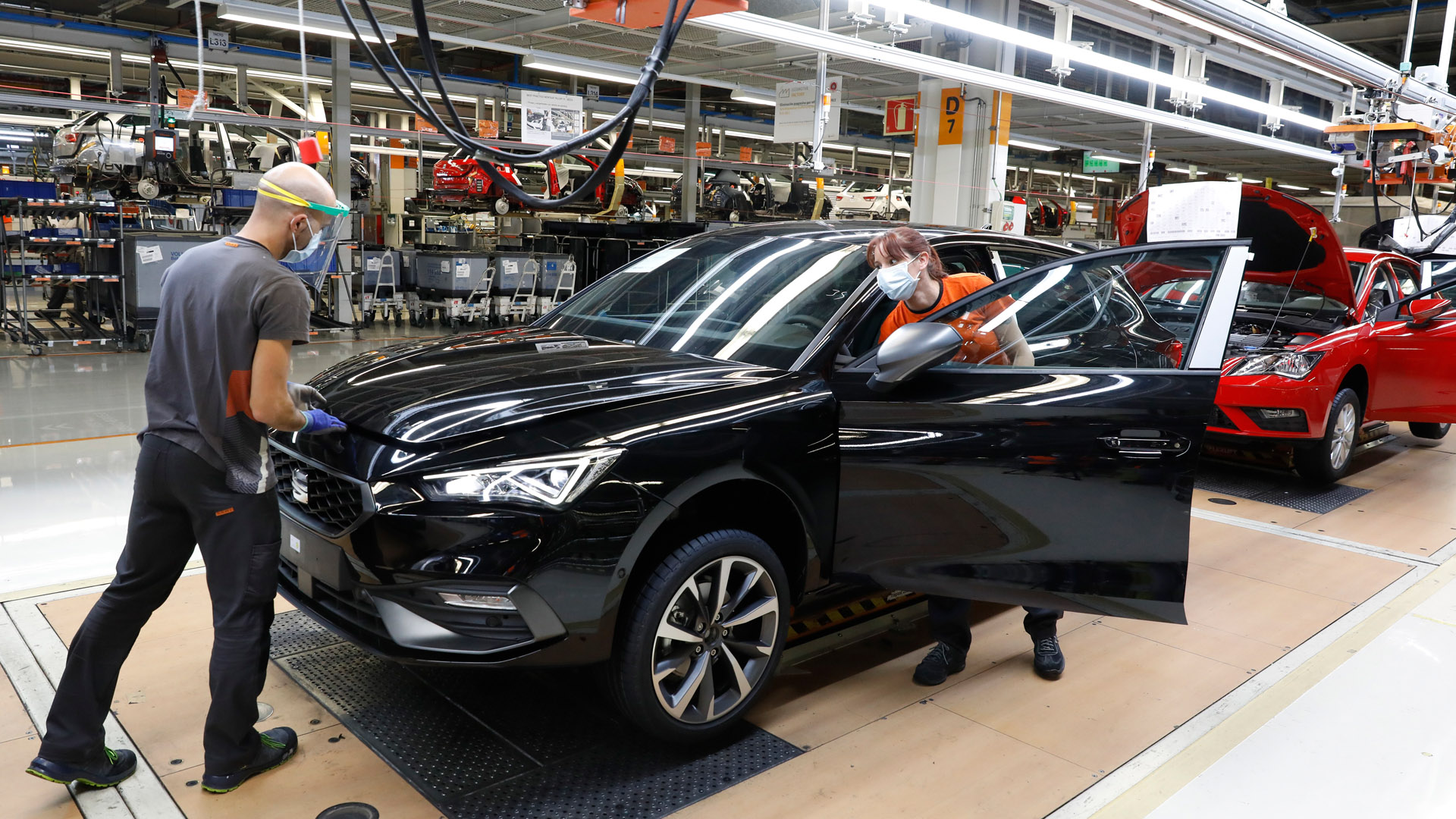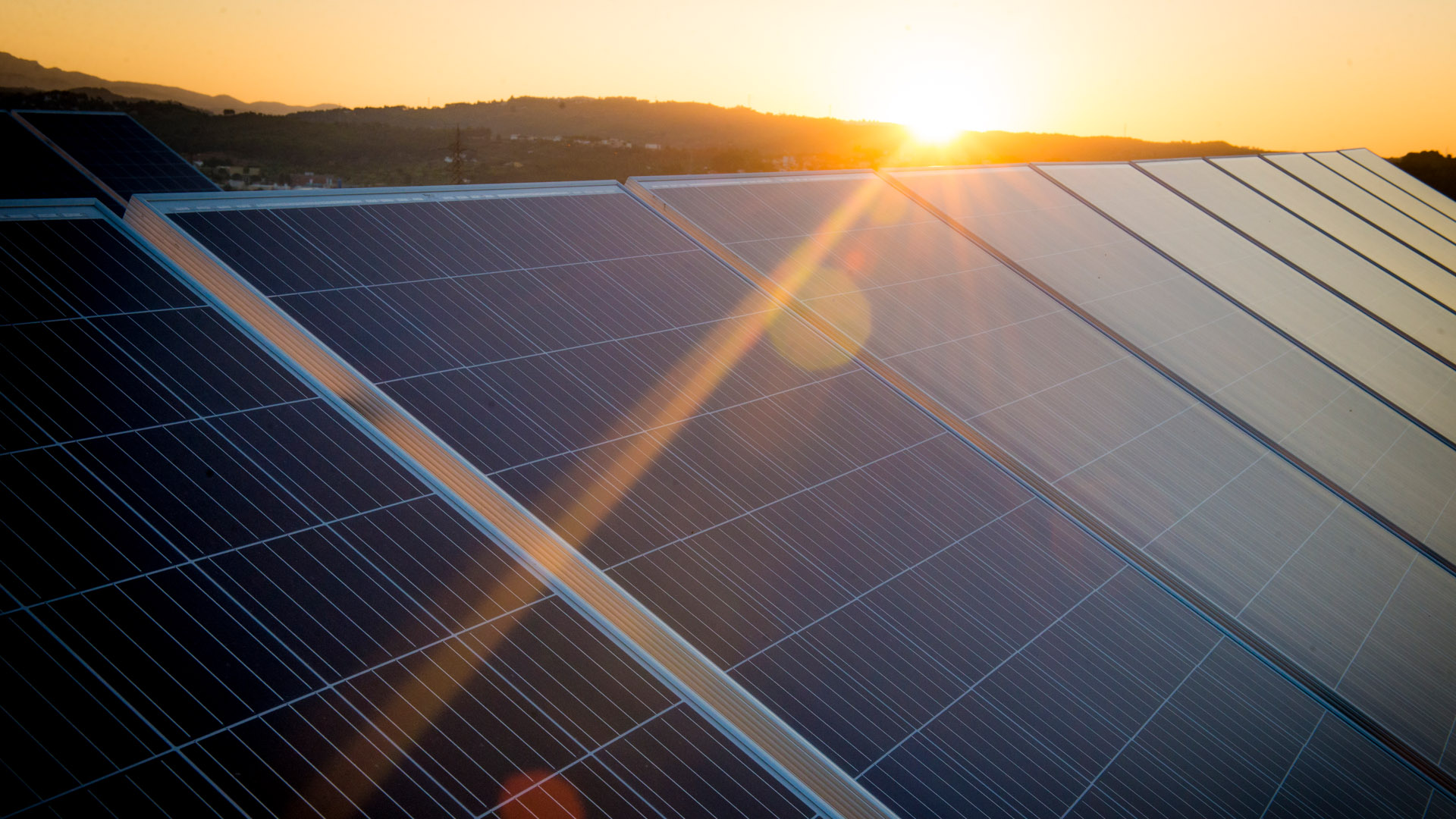Seat has recently announced that it’s managed to reduce its five main production-related environmental emitters by 43% since 2010.
Here, a 26% reduction in energy usage and 32% in water consumption, 58% lower waste generation, 23% less volatile organic compounds and a whopping 65% reduction of CO2 emissions have made up for the lowered environmental footprint at its Martorell factory near Barcelona.
Read next: Best upcoming cars and SUVs in 2020 and beyond
Seat is looking to improve this figure by 2025 by further lowering its environmental footprint by another 7% – equating to a 50% drop in comparison to figures in 2010.
Buy a car phone mount on Amazon (Affiliate)
Seat Vice-president for Production and Logistics Dr. Christian Vollmer commented: “Seat has a clear commitment to the environment. That is why we have been working for several years with the aim of minimising the environmental impact of our business as much as possible.”
“Since 2010, we have cut our footprint by 43% and reduced CO2 emissions from production by 65%. Our goal is to continue to improve day by day to contribute to protecting the planet.”
All of this has been achieved by the 27 million euros of investment in environmental initiatives. As a result, Seat reduced waste by 38.5% in a single year, and waste destined for disposal has gone down by two kilos per vehicle produced.
Read next: Seat is using artificial intelligence to combat driver fatigue and improve safety
It’s surprising to learn how much of an impact this has already had on the environment:
- 22 tonnes of plastic per year has been saved – from exchanging employee plastic bottles to reusable ones to minimising the packaging destined for disposal
- 2,400 tonnes of CO2 emissions are no longer emitted each year due to the plant now recovering energy from the paint drying oven chimneys. This results in annual savings of 11.7 GWh in natural gas consumption, the equivalent of the needs of 2,400 homes in an entire year.
- Water is now recycled and reused in the paint shop, which is used to paint vehicles. Rather than wasted, it’s now separated, cleaned and returned to the process in a closed-loop system. This reduces the volume of fresh water needed to complete the cycle.
Read next: What is an EV? Everything you need to know about hybrid and electric vehicles
The reduction of wastage and indeed Seat’s drive to improve its efficiency stems from Volkswagen Group’s ‘Move to Zero’ goal. The aim is to minimise the environmental impact of all mobility products and solutions throughout their lifecycle – from the procurement of raw materials, production and to the end of their useful service life.
Ultimately, the Volkswagen Group wants to be a carbon-neutral company by 2050. What do you make of Seat’s initiatives – could the automaker be doing more? Let us in the comments below or via social media; we’re on: Facebook, Twitter, Instagram and YouTube.








